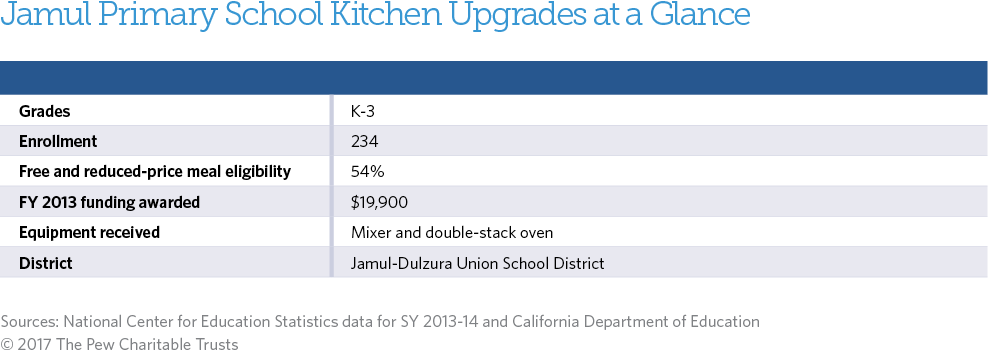Jamul Primary School
Jamul, California
Jamul is a small town in Southern California that is contending with a declining population. The local school district serves far fewer children and about half as many meals as it used to, and until recently, the nutrition staff at Jamul Primary School had trouble preparing fresh, appealing meals in appropriate quantities for its 230 students because its equipment was too large and outdated. To begin addressing these challenges, the school applied for and received a U.S. Department of Agriculture grant to purchase a new mixer and convection ovens.
“Our old mixer was 60 quarts! It was difficult to prepare foods for the number of students we have. Even making the smallest amount possible would lead to wasted food,” said Joanne Vilarino, the district’s food service director. “The new 20-quart mixer allows us to make the amount of food we actually need.”
With the updated equipment, members of the nutrition staff have been able to try new recipes for healthy items, such as homemade granola bars and zucchini muffins for breakfast, and the result is a greater variety of healthy baked goods for the students, with less waste.
The new convection ovens are also improving the quality of food at the school. The old equipment often behaved unpredictably; entrees would sometimes not cook thoroughly in the prescribed time, while other foods would burn at the edges. “The old oven would fail, and staff would find out only when food was not ready and it was close to serving time,” said Vilarino. “The new ovens are trustworthy and dependable.”
Serving meals reliably is important not only to the school’s staff and students, 54 percent of whom qualify for free or reduced-priced lunches, but also to two other schools that serve meals that are prepared in Jamul’s kitchen and transported to their cafeterias. The quality of those meals has also vastly improved with the new equipment.
“The new ovens create better flavors and textures, since things are more evenly baked and cooked,” said Vilarino. “The students are much happier with the new dishes and excellent results.”


America’s Overdose Crisis
Sign up for our five-email course explaining the overdose crisis in America, the state of treatment access, and ways to improve care
Sign up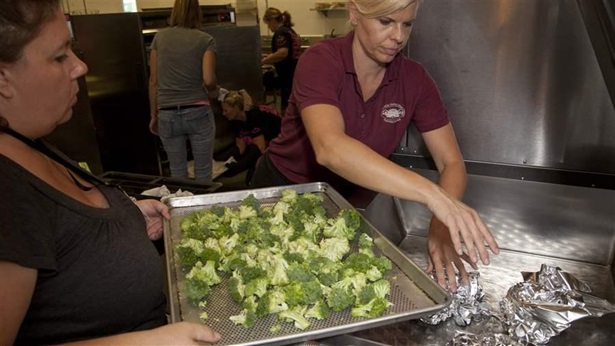
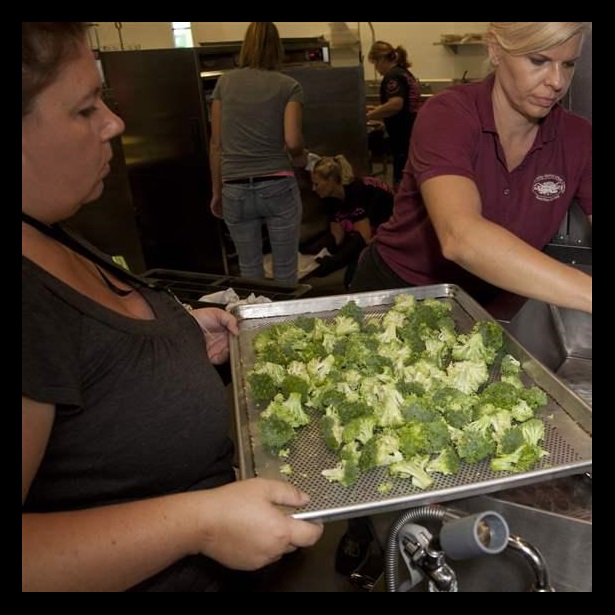
USDA’s School Kitchen Grants Benefit Meal Programs and Students
The right equipment makes a difference in efficient...
Learn More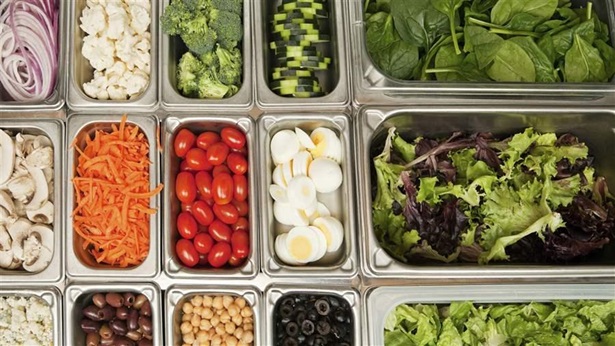
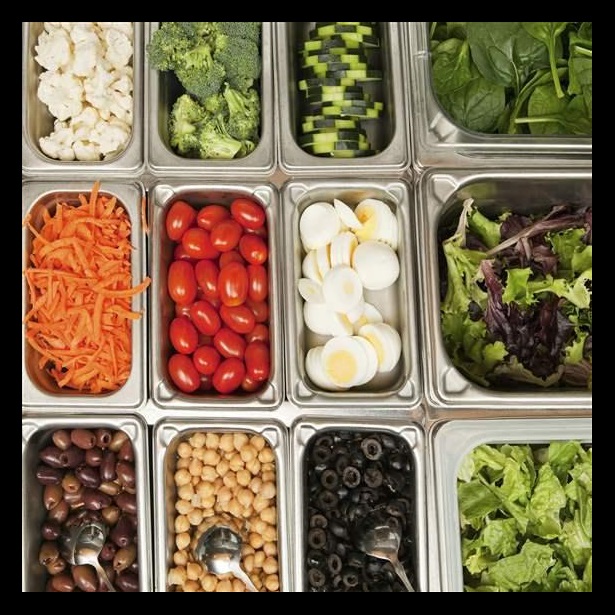
School Nutrition Gets a Boost From USDA Kitchen Equipment Grants
School Nutrition Gets a Boost From USDA Kitchen Equipment Grants
Learn More